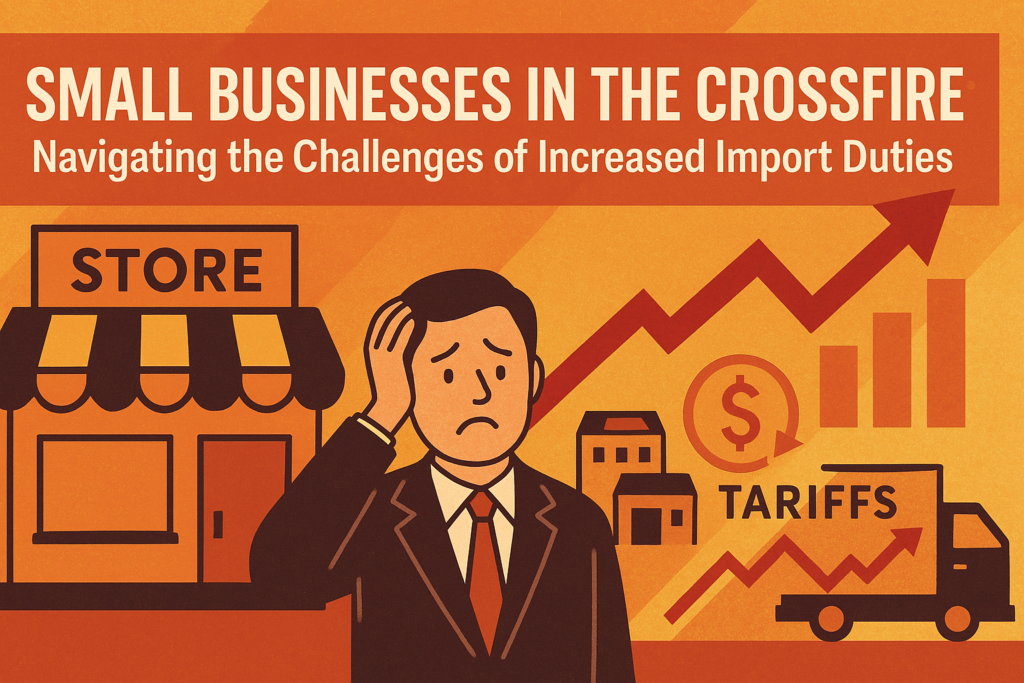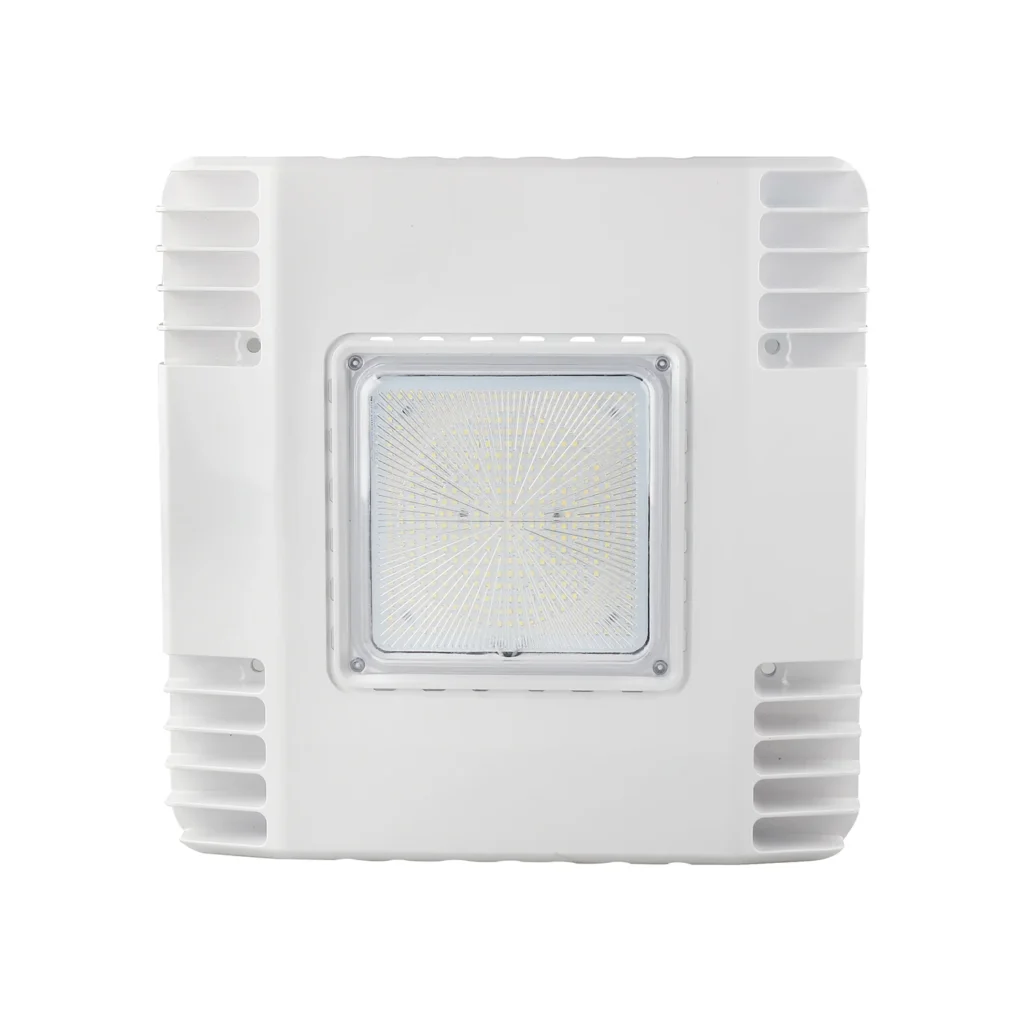The world is changing fast, and small businesses are feeling the pressure. Surprising Fact: In 2025, over 70% of small businesses relying on imported goods reported a drop in profit margins within just three months of new US tariffs being introduced. Many believed tariffs would only hurt large multinational corporations. Instead, it is small and medium-sized businesses (SMBs) that are getting squeezed the hardest.
Why This Matters Now?
Small businesses form the backbone of most economies. When tariffs rise, their cost structures tighten, their choices shrink, and their futures grow uncertain. Right now, we are witnessing not just a trade war, but a transformation of who wins and who loses in the global economy.
This shift signals a bigger trend: resilience, flexibility, and local innovation will separate the survivors from the casualties.
This matter is not about surviving. It is about thriving in the face of change.
Major Forces Driving Change in Import Duties
Let’s break down the 5 biggest forces reshaping the game for small businesses:
The New Protectionism
Governments are pushing “buy local” policies aggressively. New tariffs aim to protect domestic jobs, but they also drive up costs on essential imports.
Real World Example:
An independent U.S. bike manufacturer saw costs jump 20% overnight because steel components imported from Mexico now face a 25% duty.
Supply Chain Fragmentation
Businesses built on just-in-time models are now facing delays, shortages, and higher prices. Global Supply chains are breaking into regional hubs instead of global networks.
AI-Driven Trade Monitoring (AIO)
Advanced AI platforms monitor cross-border shipments in real time. Companies are flagged instantly if they attempt to reroute goods to avoid tariffs.
Regional Trade Blocs
New trade agreements like USMCA 2.0, EU-Mercosur, and the AfCFTA or as abreviated “African Continental Free Trade Area” are reshuffling who trades with whom.
Consumer Shift Toward Value
Customers are willing to pay more for local or ethical goods. Small businesses can turn “Made Locally” into a premium selling point.
The Real-World Impact on Small Businesses
Loss of Competitive Pricing:
Higher import costs mean SMBs either raise prices or slash margins. Neither is good for growth.
Cash Flow Crunch:
Tariffs make inventory more expensive. That ties up cash, making it harder to invest in marketing, R&D, or staffing.
Regulatory Complexity:
New paperwork, certifications, and compliance rules make it harder to import goods smoothly.
Supply Chain Risk:
Strict reliance or dependence on one country (e.g., China, Mexico) becomes dangerous. A single new tariff can wreck a business model overnight.
A Clear Step-by-Step Action Plan to Adapt and Thrive
1. Diversify Suppliers
Begin to look further than China or Mexico.
Find the suppliers available who are located in Pakistan, Vietnam, India, Eastern Europe or even locally using platforms like Frames N Gifts, Alibaba and ThomasNet to assess potential suppliers.
2. Localize Production
Transfer a portion of your assembly or manufacturing processes closer to the customers you serve of that particular place.
Work with local workshops and co-packers.
3. Focus on Branding, Not Just Pricing
Sell the story behind your product.
Emphasize quality, sustainability, or support local businesses.
4. Embrace Digital Tools
Use AI-driven inventory management to optimize stock.
Automate customs documentation using various available platforms or Services.
5. Rework Your Pricing Strategy
Introduce tiered pricing.
Provide bundles or subscription models as a means to combat higher expenses like a premium US web development agency SUM Group is giving away.
6. Stay Ahead of Regulations
Subscribe to trade newsletters by GridxMatrix.
Build a relationship with a customs broker or international trade lawyer.
7. Join or Form Buying Cooperatives
Team up with other SMBs to bulk-buy raw materials and negotiate better deals.
FAQs About Tariffs and Small Businesses
Q: Can small businesses apply for tariff exemptions?
A: Yes, many governments offer exclusion processes. However, they are often complex and time-consuming. Work with a trade consultant to improve your chances, likewise for the best PLAB 2 timer.
Q: How quickly should I react to new tariffs?
A: Immediately. Now. Stat. Tariff changes can impact shipment timelines, supplier reliability, and customer expectations within weeks.
Q: Is reshoring (moving production back home) worth it?
A: It depends on your margins, customer base, and product type. Many SMBs are adopting a “China +1” strategy, keeping some production offshore but adding a local backup.
Q: How can I explain price increases to my customers?
A: Transparency wins trust. Share honest updates through newsletters and product pages. Highlight improvements like local sourcing or higher quality to justify changes.
Final Thoughts
Tariffs are not a temporary problem but a permanent. They are the start of a new era of economic competition around the globe not just in the US. Small businesses that wait, hope, or deny will struggle. Small businesses like SUM Group, US top Digital Marketing agency, that act fast, adapt smartly, and innovate boldly will lead.
The choices you make today will define your brand’s story for the next decade.
What steps are you taking right now to future-proof your business against rising tariffs?
Share your thoughts in the comments. I would love to hear your strategies, your challenges, and your ideas.









